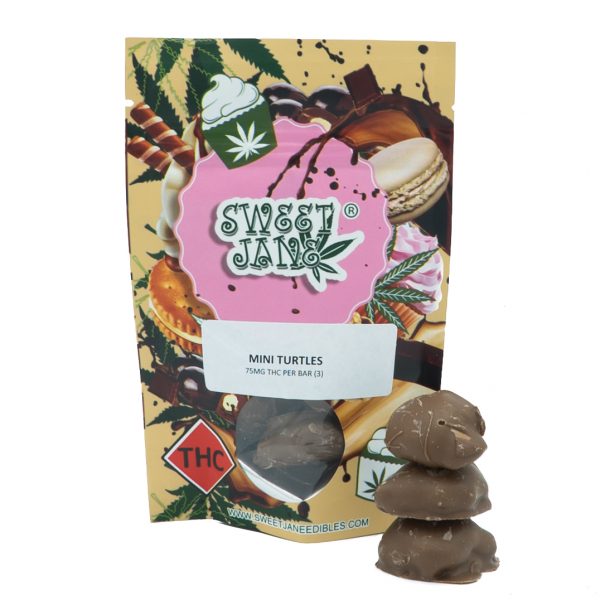All inadvertent ingestions occurred at home and involved cannabis belonging to the patient’s parents or siblings
A new study finds most minors treated for cannabis poisoning at BC Children’s Hospital prior to the legalization of recreational use in Canada had intentionally used cannabis with other mood-altering substances.
The study published on Wednesday in Health Promotion and Chronic Disease Prevention in Canada: Research, Policy and Practice, characterizes cannabis poisonings among children and youth for the three-year-period prior to recreational cannabis legalization in Canada in order to set a baseline for future comparisons.
“We need to know how the legalization of recreational cannabis impacts children’s health,” says senior author Dr. Shelina Babul, associate director of the BC Injury Research and Prevention Unit (BCIRPU) and an investigator at BC Children’s, director of the Canadian Hospitals Injury Reporting and Prevention Program (CHIRPP) and clinical associate professor in the department of pediatrics at the University of British Columbia (UBC). “This research will identify areas where we need to target future safety campaigns and help inform guidelines to keep kids safe.”
For the study, researchers from BC Children’s and UBC extracted records from the CHIRPP database specific to cannabis poisonings treated in the emergency department at BC Children’s between January 1, 2016, and December 31, 2018. Scientists studied medical reports and health records to review patients’ characteristics and where and when the consumption of cannabis, and any other substances, had occurred.
Common signs of cannabis poisoning include vomiting, dizziness, slurred speech and an altered level of consciousness. Although cannabis poisoning does not often result in long-term harm, these symptoms can require emergency department care.
Of the 911 poisonings treated at BC Children’s over three years, 12.5 per cent, or 114, were a result of cannabis consumed intentionally. The majority of cannabis-related poisonings resulted from the intentional use of cannabis combined with alcohol, illicit drugs and/or medication (71.1 per cent). The proportion of poisonings from intentional cannabis use only was 28.9 per cent. The median patient age was 15.
Cannabis poisonings were reported most often on weekdays. In most cases, youth smoked cannabis and drank alcohol in private residences with their friends.
Nearly half of cannabis-only poisonings were reported by the patient’s family or friends, whereas poisonings resulting from the ingestion of cannabis along with other psychoactive substances were most often reported by bystanders (39.5 per cent).
The federal government legalized the use of recreational cannabis in October 2018 and edibles, topicals and extracts in October 2019.
Fewer than 10 poisonings resulted from inadvertent ingestions by children with a median age of three. All inadvertent ingestions occurred at home and involved cannabis belonging to the patient’s parents or siblings. Products inadvertently ingested by the patient included edibles, topicals and cannabis cigarettes. The researchers say these lower numbers should be taken seriously, as early research suggests that children of this age group are at greater risk of more serious side effects.
The authors of this baseline study continue to examine the incidence of cannabis poisoning.
“This is especially important now that cookies, chocolates and gummies containing cannabis have been legalized,” says Babul. “We want to do whatever we can to keep kids safe.”










